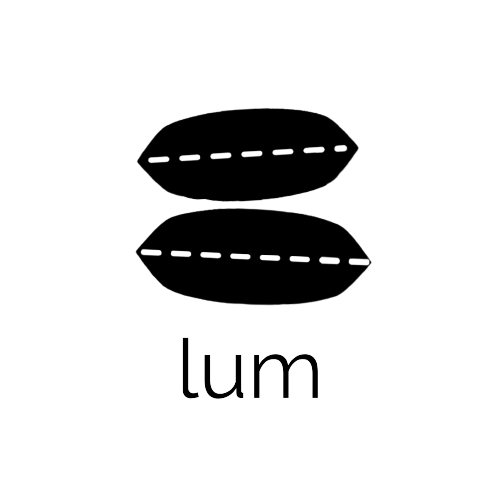The plants and animals that we see around us have shaped the environment we call home. But over the last few decades, we have begun to lose our native species at an unprecedented rate: 49% of Scotland’s species have decreased in abundance since 1970, and 11% of our native species are threatened with extinction.
We are in the ‘6th mass extinction’: so named because of the sheer number of species which are being eroded as a result of changing land uses, increasing demands on our natural environment, pollutants in the land, water and air, and increasingly, climate change.
Climate change is leading to species extinction
Climate change is the gradual warming of the Earth’s climate as a result of increasing greenhouse gases (including carbon dioxide, methane and ozone). These changes are a direct result of our (human) activity on this planet - through agricultural processes in food production, through the fossil fuels we burn to create energy, and through the erosion of forests, peatlands and wetlands.
Since the industrial revolution began in the 1850s we have increased our global temperature by 1 degree. But this warming is now increasing in speed and intensity, and is creating huge and irreversible changes to our natural environment. In Scotland, our lochs are warming, we’re experiencing more forest and upland fires, and we’re getting less snow in the winter. For our flora and fauna, this means that some species are forced to migrate to cooler places or move breeding grounds at risk from rising sea levels. However, some species can’t adapt as fast as our climate is changing, and are becoming extinct.
Climate change also intensifies the other challenges which our animals and plants face: for example, where a non-native species is in direct competition with a species for habitat, the non-native species may be able to thrive in a changed climate, and erode the native species fully.
We need biodiversity
The variety of biological life on Earth - plants, animals and microorganisms - is called biodiversity. From studies on our planet, we know that the more biodiverse an ecosystem is (the more species that exist in a place), the more productive, the healthier, and the more resilient a place can be. This has implications beyond the moral or intrinsic benefit for the individual species - it’s also incredibly important for our human life and lifestyles.
- Biodiversity helps form, protect and enrich our soils - making it possible to grow food and the plants that form the base of our medicines.
- Biodiversity helps maintain many ecosystem processes, many of which contribute to the success of our economy.
- Biodiversity is the foundation for many elements of our culture, leisure and tourism.
Creating better habitats, at home and in the wild
I started lum because I wanted to be able to make a constructive contribution towards conserving Scotland’s biodiversity, whilst creating an opportunity for people to furnish their homes in a way which actually helps support homes in the wild. All of lum’s products are made from sustainable materials, and 10% of all our profits are donated to protecting the species at risk of extinction in Scotland, through the determined efforts of the Scottish Wildlife Trust!

